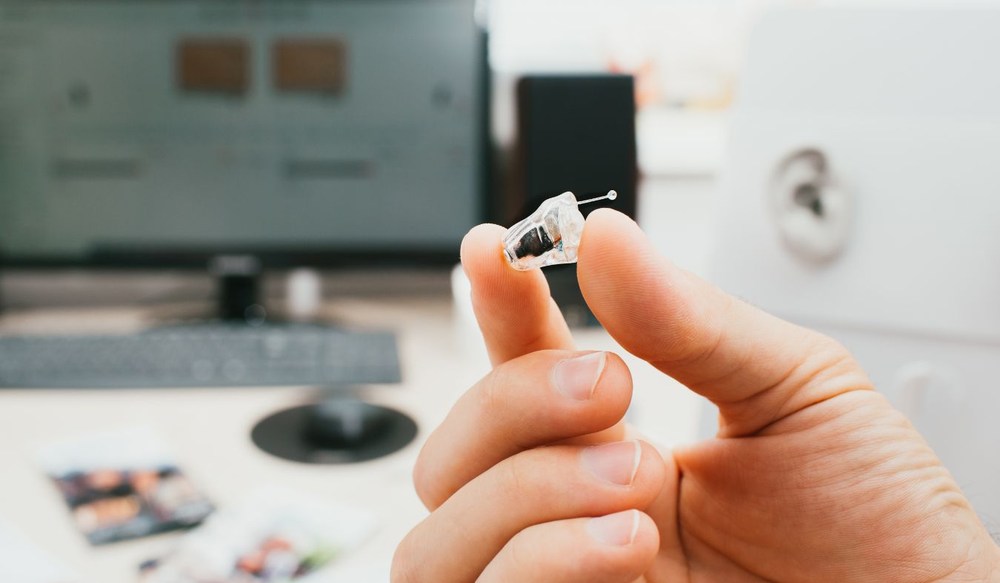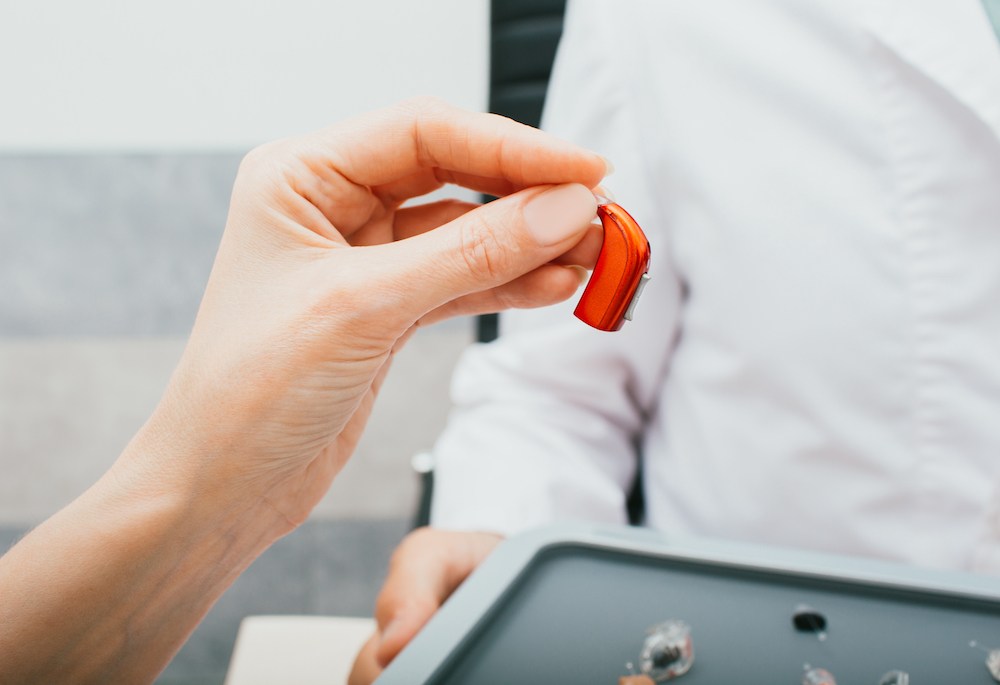How to Choose the Right Hearing Specialist for You
Selecting the right hearing specialist is an important decision,
Mobile Services in Massachusetts, New Hampshire & Southern Maine
Call (844) 958-5304 to schedule today!

Many people view hearing aids as a one-size-fits-all product. The reality couldn't be further from this, though, with loads of different hearing aid styles and types available on the market. Behind-the-ear (BTE) and in-the-ear (ITE) hearing aids are two of the most popular hearing aid styles found on the market, and these hearing aids can be very different. Let's compare these two styles to give you an idea of how they differ.
It's always a good idea to think about the shape of a hearing aid style before you decide to commit to it. BTE and ITE hearing aids are very different in their form, giving them advantages and disadvantages over one another. But how are they different?
Behind-the-ear hearing aids are larger than most, with a piece that fits behind the ear and a piece that sides within the ear. A thin clear tube will usually connect these two pieces, making the device more visible than other types of hearing aid.
Much smaller than BTE hearing aids, ITE hearing aids sit inside the ear itself. Hearing aids like this are small and often come in skin tones, making them harder to see from the outside. A custom mold will usually be made to ensure that hearing aids like this perfectly fit your ear.
As mentioned above, hearing aids always have their own benefits that will make them better for some users than others. Let's take a look at some of the benefits of behind-the-ear style hearing aids to give you a head start.
ITE hearing aids also come with plenty of benefits. You can find some examples of these below, though it's worth talking to a hearing health professional to understand the differences between these devices fully.
As you can see, these two types of hearing aid have a lot of differences. People often neglect the research required when choosing a device like a hearing aid, but it's always worth taking the time to learn as much as you can.

Selecting the right hearing specialist is an important decision,

Although hearing aids are built to be durable, the condition of your ear

When you are diagnosed with hearing loss, you may be recommended hearing